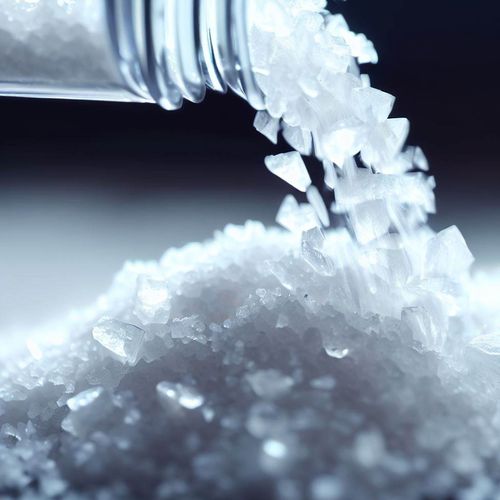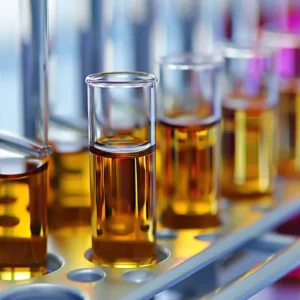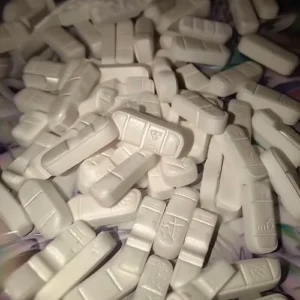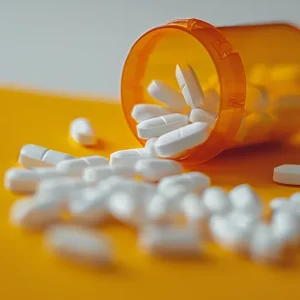Bath Salts are actually Synthetic Cathinones
The emerging family of related chemicals known as Bath Salts includes cathinone and a variety of synthetically manufactured chemicals, including mephedrone, MDPV and methylone (M1).
These types of chemicals are often referred to as “bath salts”. Use of these chemicals among recreational drug users has grown rapidly these types of drug and are have been a focus of much media attention. Often referred to as “legal highs”, due to their unregulated status in many countries, cathinones were mainly sold online and in specialist shops until they became Class B drugs in April 2010.
What are Cathinones?
Cathinones are naturally occurring stimulants found in the shrub Khat (Catha edulis), a flowering plant native to the Arabian Peninsula and the Horn of Africa. For centuries, chewing of Khat’s leaves and shoots has been a popular activity in those parts due to the herbal stimulant that is naturally found in the plant.
Under the Misuse of Drugs Act, the Khat plant itself is not a controlled substance. However, the stimulants found in the plant, cathinone and cathine, are both Class B drugs that produce a very similar effect to amphetamine.
The Effects of Bath Salts
Bath Salts are central nervous system (CNS) stimulants. Structurally, they are very similar to amphetamines and ecstasy, causing feelings of euphoria and empathy alongside increased alertness and talkativeness. The harmful effects of the drug are also similar to those of amphetamines and ecstasy (MDMA).
What Do Bath Salts Look Like?
Bath salts are normally sold in the form of a white or brown powder and are packaged in small foil or plastic pouches. Often the outside of the packet will have a warning printed on the form of the pack, to disguise the nature of the product, eg: “not for human consumption.”
Synthetic cathinones that are commonly found in bath salts can include methylone, 3,4-methylenedioxypyrovalerone (MDPV), mephedrone (“Meow Meow,” “Drone,” or “Meph.”) However there are lots of others. Very little is known about how these drugs affect the brain. Each may have slightly different characteristics.
Bath salts can be identified by a presumptive test for Synthetic Cathinones.
Street Names for Bath Salts
Bath salts are sold under a variety of brand names and are often sold as “research chemicals” or “plant food” in an attempt to deceive the authorities. Some of the brand names seen on the market in recent years include (Cloud Nine, Cosmic Blast, Recharge, Bloom, Blow, White Lightning, Lunar Wave and Vanilla Sky).
Brand names for bath salts change rapidly and often. Also the packaging will often not give a clear description of what drugs are contained in the packet.
Acronyms are commonly used with these types of drugs:
- MDPV stands for 3,4-methylenedioxypyrovalerone
- 4-FMC is 4-fluoromethcathinone (flephedrone)
- 4-MMC is 4-methylmethcathinone (mephedrone)
User names for mephedrone include, meph, drone, miaow, M-Cat, meow meow, subcoca-1 and bubbles.
Methylone is often known as Top Cat.
Photo by Zoom Testing
Zoom Testing is a leading UK drug testing company and a supplier of Drug Test Kits.
This post was originally published in November 2018 and has been updated since.





